Coyotes are some of the most elusive predators in North America. They’re smart, adaptable, and frustratingly unpredictable, especially for new hunters trying to figure out when coyotes are active. Are coyotes nocturnal, or are they crepuscular? Knowing the answer to that could mean the difference between a successful hunt and going home with nothing.
In this guide, we will talk about real coyote behavior and connect it to the best times and strategies for hunting. Whether you’re setting up in the backwoods or calling near farmlands, let’s make sure you’re hunting with a full understanding of your prey.
Are Coyotes Nocturnal or Crepuscular?
Coyotes are more crepuscular because they are most active during dawn and dusk. This gives them the best light to see without being too visible to prey or predators.
However, they’re also highly adaptive, and in urban or pressured hunting areas, they often shift to nocturnal patterns to avoid humans.
While you may hear a lot about this, and even the textbook answer is “crepuscular,” we hunters need to adjust based on location. In rural areas with low pressure, dawn and dusk are prime. In urban or pressured lands, hunting after dark may bring more success.
If you want to confirm the coyote pattern in your locations, it is suggested to use a trail camera to check local activity patterns. If you only see movement between 10 PM and 4 AM, you know that it’s better to shift your hunts accordingly. Learn more about How to Configure Your Trail Camera Settings.
How Long Do Coyotes Sleep?
Coyotes don’t follow a strict day and night cycle. On average, they sleep 4–10 hours per 24-hour period, but not all at once. They nap in short bursts, often bedding down in thick cover or tall grass during non-active hours.
Unlike deer, coyotes won’t bed in the same place daily. They roam widely, covering up to 10 miles per night, so you won’t be patterning a specific sleep site. But by understanding their rest habits, you know when not to hunt: midday heat in summer or full sun after morning activity.
If you want to track a coyote, you can try to locate bedding zones, like thickets, brush piles, or shady hill sides near food sources.
Are Coyotes Aggressive During the Day?
A lot of people reported that they saw coyotes coming out during the day. It is not a rare thing, especially in colder months or in areas with high human activity.
Daytime sightings don’t automatically mean aggression or danger. Although coyotes are generally shy and avoid humans, it’s a red flag if the animal doesn’t show fear.
When Are Coyotes Most Dangerous?
Coyotes can become more dangerous if they lose their natural fear of humans, which happens frequently when they are fed by people or drawn to food sources such as garbage.
They may attack people, as some accidents have already occurred. But pet attacks are more common than human attacks, particularly for small dogs and cats.
If you are faced with a coyote, these are the signs of risk you need to know:
- Not retreating when spotted
- Following pets or livestock
- Vocalizing at close range
What to Do If You See a Coyote in Daytime?
If you meet a coyote during the day, here are some crucial safety tips to keep you safe:
- Stay Calm and Keep Your Distance: Do not come closer to the coyote and maintain a safe distance and never turn your back on it.
- Make Yourself Look Big and Loud: Try to raise your arms above your head to appear larger, clap your hands, stomp your feet, and use a strong, authoritative voice to shout at the coyote to go away.
- Do Not Run: Running may trigger the coyote’s instinct to chase, so back away slowly while facing the animal.
- Use Hazing Techniques: Utilize anything that is around you, like throwing small objects like stones or sticks near the coyote, but not directly on them; using noise makers like air horns, whistles, or banging pots.
- Protect Your Pets and Children: Always keep dogs on a leash and pick up small dogs if you find any sign that shows a coyote near. Never leave small children or pets unattended outside.
- Remove Attractants: Do not feed coyotes or leave pet food outside. Remove bird feeders or fallen fruit that may attract rodents, which in turn attract coyotes.
- Report Aggressive or Unusual Behavior: If a coyote approaches human living areas or acts aggressively, report it to local animal control or wildlife authorities so that they can take action if needed.
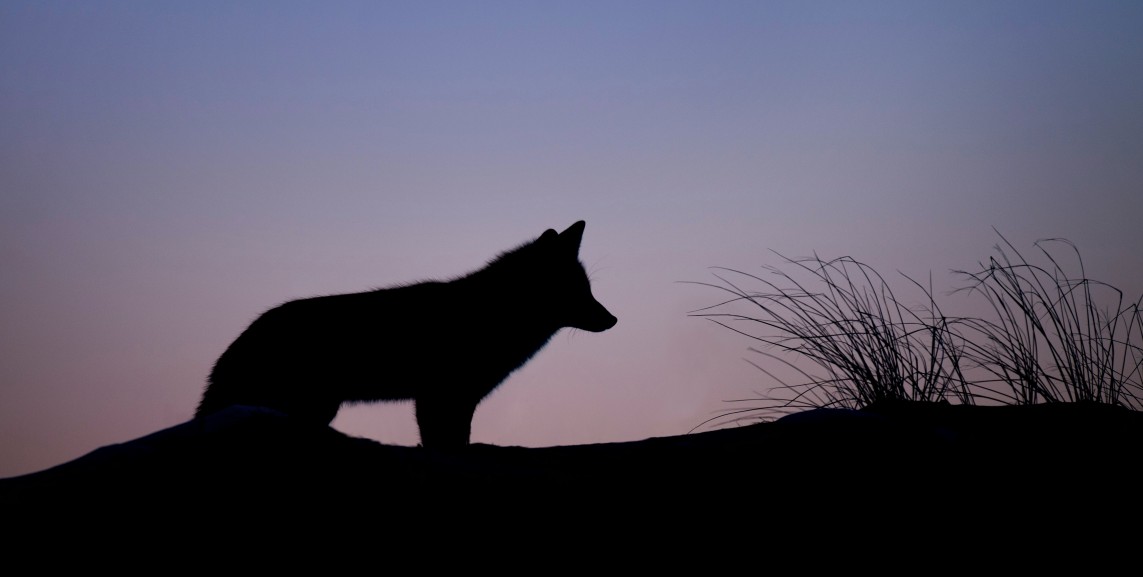
When Is Coyote Active?
Coyotes are incredibly adaptable predators. Their behavior may change throughout the year based on season, weather, human pressure, moon phase, and even local food availability.
Understanding when coyotes are active is critical for hunters planning stand time, calling sessions, or baited setups.
During winter, especially the breeding season in January to March, coyotes are more vocal, travel in pairs, and cover ground during both daylight and night hours. When spring comes, their nesting instinct keeps them closer to shelter.
Typical 24-Hour Coyote Activity Level
| Time of Day | Activity Level | Notes |
| 12 AM – 4 AM | High | Night-hunting, scavenging in urban zones |
| 5 AM – 7 AM | Very High | Peak crepuscular activity; natural kill window |
| 8 AM – 3 PM | Low (unless cold/hungry) | Resting, denning, or inactive unless hungry |
| 4 PM – 6 PM | Very High | Second crepuscular spike |
| 7 PM – 11 PM | Moderate to High | Roaming resumes, especially if moonlight allows |
❗Don’t assume midday is off-limits. Snow cover and hunger can bring coyotes out at noon if the conditions are right.
Coyote Seasonal Behavior Changes
Coyote activity changes through the year, not just the day. Here’s what hunters need to watch for:
Spring (Mar–May):
- Denning season begins; females will reduce travel and stay close to their dens.
- Males continue to look for food, which makes it easy for hunters to track and hunt.
- Coyotes may become less vocal to avoid drawing attention to their dens.
In this period, you can use pup distress calls near suspected den zones to call for coyotes. But remember to be ethical and don’t disturb active dens.
Summer (Jun–Aug):
- Adult coyotes need to feed rapidly growing pups, so they will come out multiple times for food trips each day.
- Coyotes don’t prefer hot weather so they tend to be more nocturnal due to the heat and human activity.
If you plan to hunt in summer, try to hunt early morning before sunrise or after dark when temperatures are cooler.
Fall (Sep–Nov):
- During this time, young coyotes leave the family pack to find new territories to establish themselves.
- There will be more travel, unpredictable movements, and vocal communication between coyotes in the wild.
- Coyotes become more vocal to communicate with one another during fall, and they will respond well to group yip-howls and locator calls.
Winter (Dec–Feb):
- The breeding season for coyotes typically begins around mid-January, leading to increased social interactions among pack members.
- Coyotes are highly vocal, travel more, and are more responsive to howls during the winter months.
- Cold weather forces coyotes to adapt their hunting behavior, so they will hunt more actively, often seen in daylight during storms or heavy snow.
Target males with lone howls or challenge barks in January or February. They’ll often come close in distance fast.
When to Hunt Coyotes For Best Success?
Timing your hunts around coyote activity peaks gives you the best shot. To hunt coyotes effectively, you must match your hunting times to their behaviors:
Best Times of Day to Hunt Coyotes
- Pre-dawn to just after sunrise (4:30 AM – 7 AM)
- Coyotes are returning from night hunts.
- They’re often close to bedding areas and ideal for ambushes or calls.
- Last light to nightfall (4:30 PM – 7 PM)
- Coyotes begin roaming again.
- Great for stand setups overlooking fields or ridgelines.
- Late night (10 PM – 2 AM)
- Effective with thermal scopes or night vision, especially in high-pressure zones.
- Pair with prey distress and intermittent howling.
Bonus Tip: Coyotes move more on cold, clear nights with low moonlight. Full moons may be the best time for other animal hunting, but avoid it for coyotes because they tend to lie low when it’s too bright.
Best Time of Year to Hunt Coyotes
| Season | Tactics | Best Gear |
| Winter | Vocal calls, night hunting | Thermal scopes, electronic callers |
| Spring | Pup distress, subtle prey sounds | Compact setups, wind advantage |
| Summer | Early morning hunts, bait | Shade-blind setups, camo cooling gear |
| Fall | Dispersal howls, mixed calling | Field optics, stand mobility gear |
Do Coyotes Travel Alone or in Packs?
Coyotes are flexible pack animals. In spring and summer, they often stay in pairs, a breeding pair with or without pups. In fall and early winter, they may form small packs of 3 – 6, especially when juveniles haven’t ventured away from their family members.
Sometimes, you can also see a coyote traveling alone when males are scouting or young coyotes are seeking their own territory.
If you see a coyote in broad daylight, you can observe its behavior. If it’s trotting with purpose, it’s likely on the hunt or relocating. If it’s lingering near homes or not retreating, that’s abnormal.
Conclusion
So are coyotes nocturnal or crepuscular? The truth is: they’re both, depending on their environment and the pressure they feel. But no matter their schedule, you can adapt.
Understand when coyotes are active in your area, match your hunting style to their behavior, and use the right calls, setups, and timing. These predators may be clever, but now you’re hunting smarter.
Learn More About Coyote:
- What Gear Do You Need For Coyote Hunting?
- Can You Eat Coyote?
- How to Call a Coyote Like a Pro?
- Can Coyote See Red Light?
- 11 Coyote Hunting Tips For Beginners


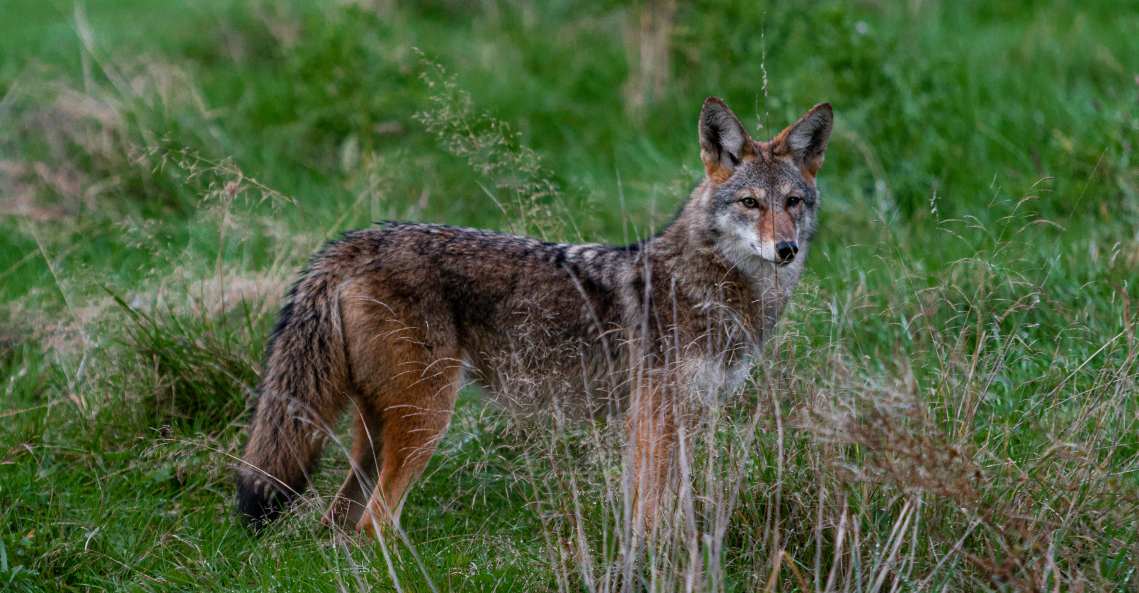


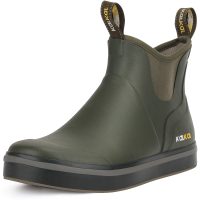
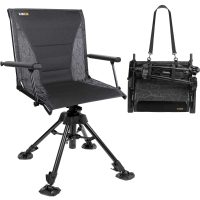


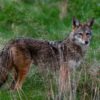
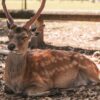

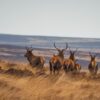
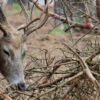
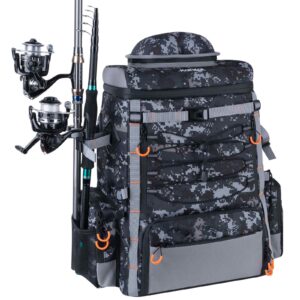

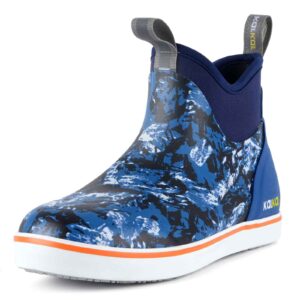
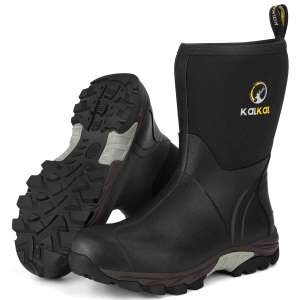
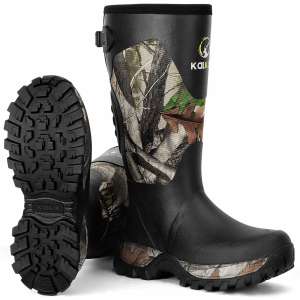


Leave a reply